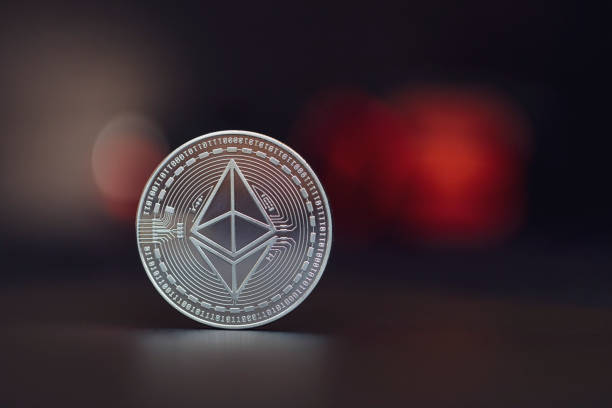Polygon, an Ethereum sidechain, has announced plans to build Polygon 2.0, a network based on zero-knowledge-powered layer-2 solutions, per an update on June 12. While this platform could boost liquidity, it hasn’t helped MATIC prices. The coin is at around 2023 lows after cracks emerged on June 5.
What Is Polygon 2.0?
Polygon’s official statement reads, “Polygon 2.0 is a network of ZK-powered layer-2 chains unified via a novel cross-chain coordination protocol. The entire network will feel like using a single chain for a user.”
The primary objective behind building Polygon 2.0 is to enable secure and instantaneous cross-chain interoperability among off-chain networks, most of which are built on Ethereum, the world’s largest smart contract platform.
Polygon 2.0 aims to facilitate seamless and secure cross-chain interactions while eliminating the need for additional trust assumptions due to the zero-knowledge design concept. The team explained that the platform is the foundational infrastructure, which, when fully developed, would become “the value layer of the internet.”
The Ethereum sidechain said creating more chains to solve the scalability problem could further boost capacity. Even so, they acknowledged that with more solutions, there could be instances of fragmented liquidity that could additionally affect capital efficiency.
For these reasons, they intend to model blockchains like Cosmos and Polkadot to build an independent network of interconnected layer-2 ZK-based networks.
With Polygon 2.0, the scaling platform is expanding and even building on its software stack, SuperNets, through which it has partnered with projects such as Immutable and Aavegotchi. SuperNets is a blockchain network built on top of Polygon designed to be scalable and customizable and meant for projects wishing to scale without sacrificing decentralization or security.
Focus on Scalability And Privacy
Earlier, Polygon launched its zero-knowledge roll-up solution, Polygon zkEVM, in which Ethereum’s founder, Vitalik Buterin, initiated the first transaction. Polygon zkEVM is compatible with Ethereum’s virtual machine (EVM) and is permissionless for developers to build solutions freely.
In an interview, Mihailo Bjelic, the co-founder of the Ethereum sidechain, explained:
With zkEVM, you can deploy any Ethereum application without any modifications, using existing Ethereum developer tools like Remix, and interact with the network using standard wallets like Metamask. Close to 6,000 smart contracts were deployed on the testnet without any single modification without any problem.
Polygon’s zkEVM uses the zero-knowledge innovation to offer scalability solutions by conducting off-chain computations on a secondary layer. The ZK-Rollups enable faster and more cost-effective transactions while anchoring on Ethereum for security.
The United States Securities and Exchange Commission (SEC), while filing lawsuits against Coinbase and Binance, alleged that MATIC, the currency of the Polygon Network, and other coins like Cardano’s ADA and Algorand’s ALGO, were examples of unregistered securities.
As a result, MATIC prices are lower, dropping 60% in four months.









